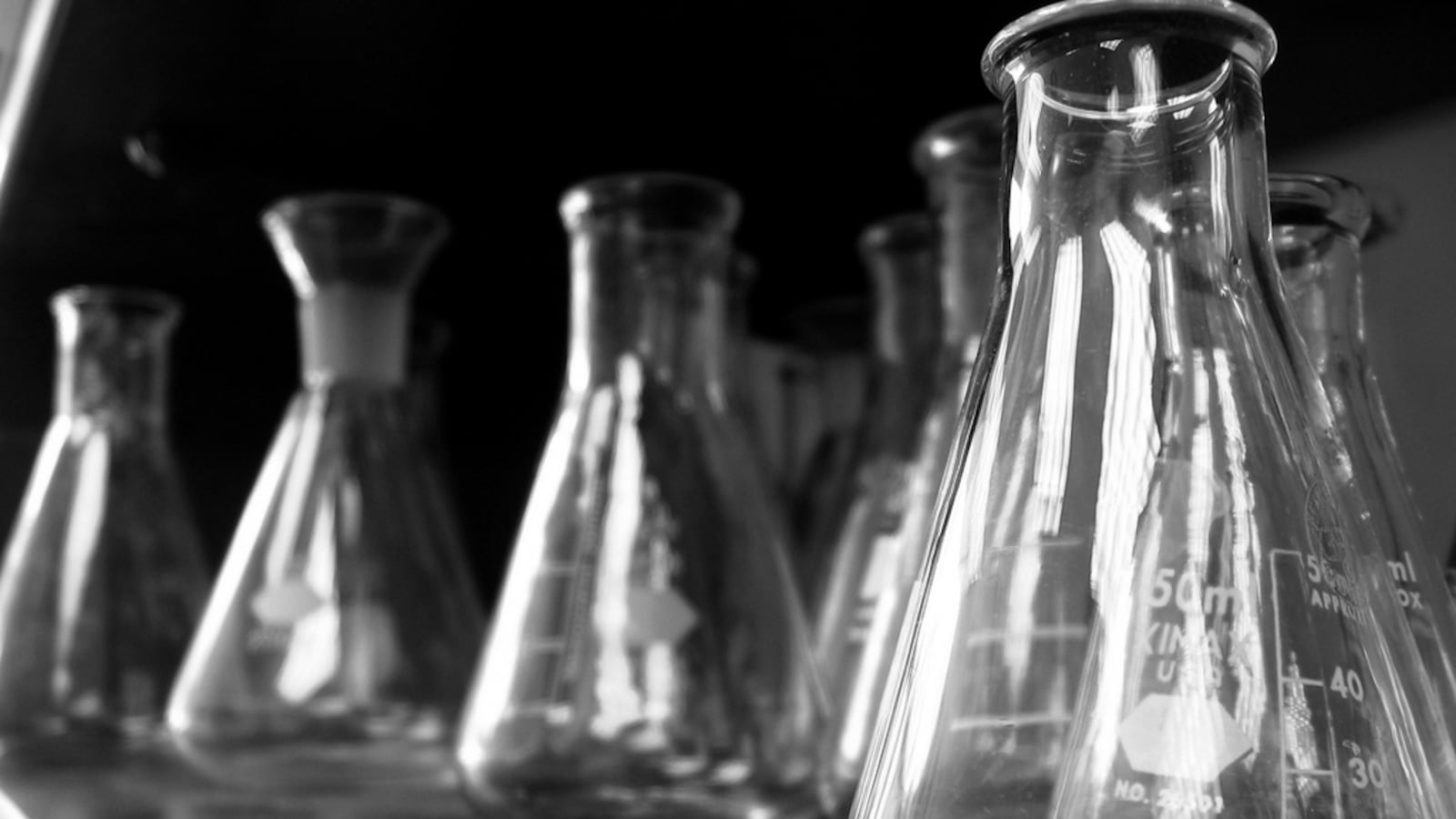New York students saw little change on a national science exam administered between 2009 and 2015.
On average, fourth- and eighth-graders across the country posted 4-point gains on the 300-point test, administered to a sample of students in most states in 2015 by the National Assessment of Educational Progress. New York fourth-graders saw their scores increase by 2 points on average, while eighth-graders’ scores rose by 1 point.
New York students remain below the national average for science proficiency. Only 33 percent of New York’s fourth-grade students met NAEP’s threshold for being considered “proficient” in science, compared to 37 percent across the nation. Thirty percent of New York’s eighth-graders were proficient, 3 points shy of the national average.
High standards have long been characteristic of NAEP, which calls itself the “nation’s report card” because it has long been the only way to compare students across states. Recently, states have cited gaps between NAEP scores and scores on their own tests to toughen their academic standards and exams.
The latest scores come after many states have had new reading and math standards in place and after years of renewed attention to science instruction. Schools and districts across the country have invested in what they are calling STEM education, an acronym that describes a new approach to incorporating science, technology, engineering, and math into the school day.
New York’s policymakers have signaled they may want to emphasize science scores as they revamp school rating systems under the new federal education law.
The U.S. Department of Education has encouraged the shift toward science education, launching a program to recruit science teachers and expand computer science instruction.
“The data themselves don’t tell us why we’ve seen these improvements, but we do think investments we’ve made over the past eight years have made a difference,” Education Secretary John King said.
The next phase, King said, is for high schools to add more advanced science and math courses — something that the new federal education law earmarks extra funding for.
“We know from our civil rights data that there many students who attend high schools where you can’t even take Algebra II or physics,” he said.


